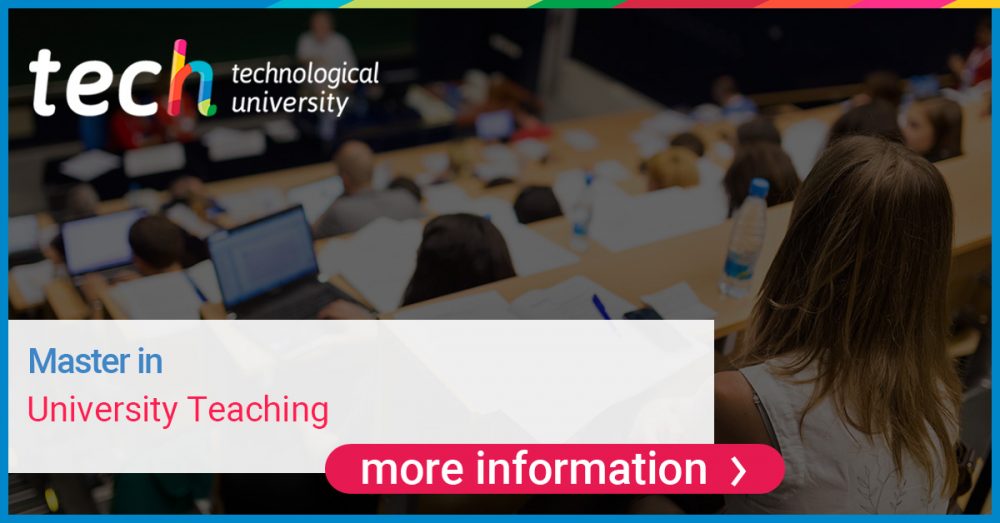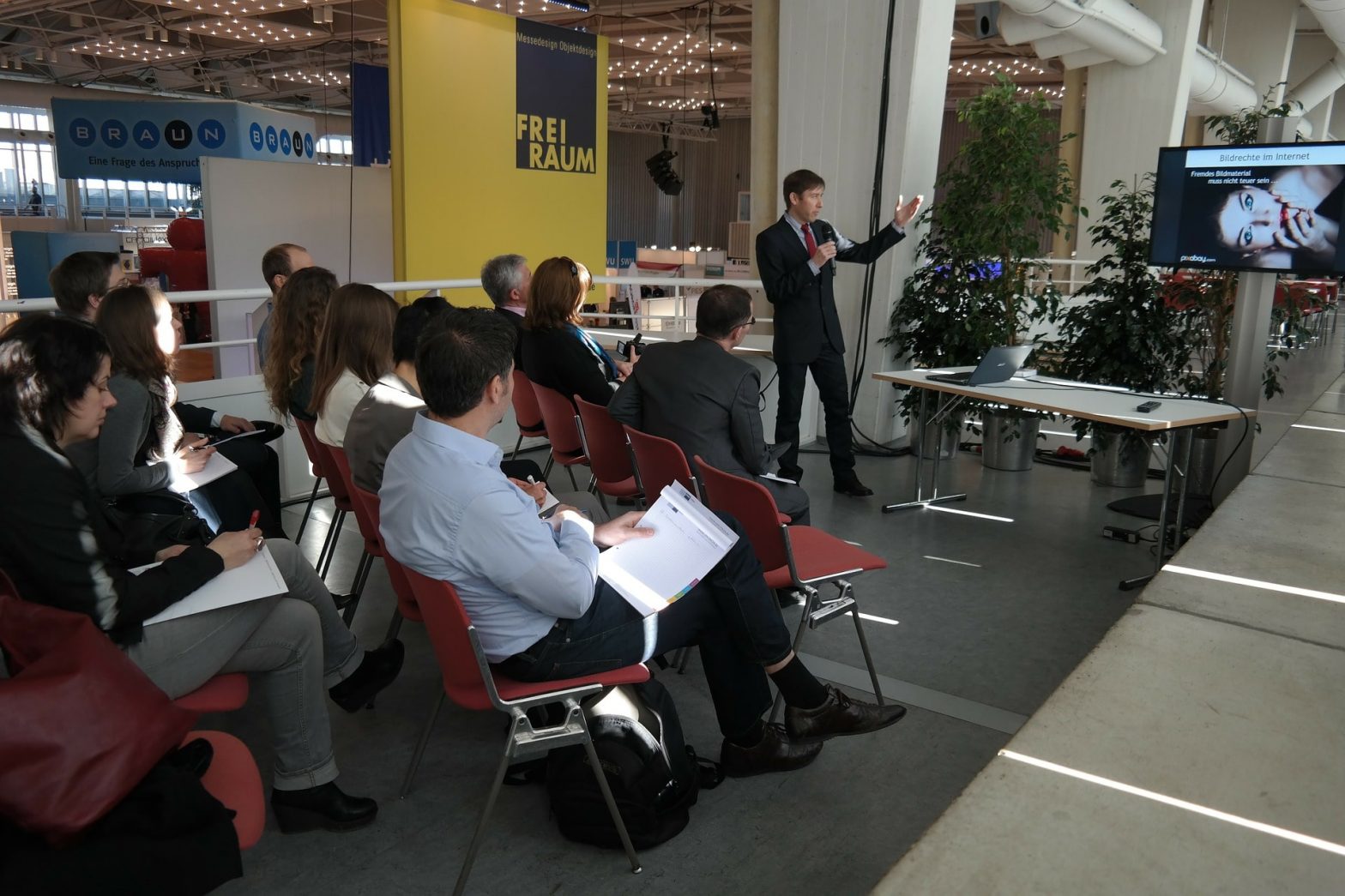Notice: Undefined offset: 2 in /home/site/wwwroot/wp-content/themes/twentynineteen-child/functions.php on line 140
Notice: Undefined offset: 2 in /home/site/wwwroot/wp-content/themes/twentynineteen-child/functions.php on line 140
Notice: Undefined offset: 2 in /home/site/wwwroot/wp-content/themes/twentynineteen-child/functions.php on line 140
Notice: Undefined offset: 2 in /home/site/wwwroot/wp-content/themes/twentynineteen-child/functions.php on line 140
Notice: Undefined offset: 2 in /home/site/wwwroot/wp-content/themes/twentynineteen-child/functions.php on line 140
Notice: Undefined offset: 2 in /home/site/wwwroot/wp-content/themes/twentynineteen-child/functions.php on line 140
Notice: Undefined offset: 2 in /home/site/wwwroot/wp-content/themes/twentynineteen-child/functions.php on line 140
Notice: Undefined offset: 2 in /home/site/wwwroot/wp-content/themes/twentynineteen-child/functions.php on line 140
Notice: Undefined offset: 2 in /home/site/wwwroot/wp-content/themes/twentynineteen-child/functions.php on line 140
Notice: Undefined offset: 2 in /home/site/wwwroot/wp-content/themes/twentynineteen-child/functions.php on line 140
Notice: Undefined offset: 2 in /home/site/wwwroot/wp-content/themes/twentynineteen-child/functions.php on line 140
Notice: Undefined offset: 2 in /home/site/wwwroot/wp-content/themes/twentynineteen-child/functions.php on line 140
Notice: Undefined offset: 2 in /home/site/wwwroot/wp-content/themes/twentynineteen-child/functions.php on line 140
Notice: Undefined offset: 2 in /home/site/wwwroot/wp-content/themes/twentynineteen-child/functions.php on line 140
Notice: Undefined offset: 2 in /home/site/wwwroot/wp-content/themes/twentynineteen-child/functions.php on line 140
Notice: Undefined offset: 2 in /home/site/wwwroot/wp-content/themes/twentynineteen-child/functions.php on line 140
Warning: strpos() expects parameter 1 to be string, array given in /home/site/wwwroot/wp-content/themes/twentynineteen-child/functions.php on line 163
Warning: strpos() expects parameter 1 to be string, array given in /home/site/wwwroot/wp-content/themes/twentynineteen-child/functions.php on line 163
Before starting, it should be noted that historians collect this kind of information, giving relevance to the most transcendental areas for humanity, one of them is the area of teaching at the University. The medieval origin of European universities emerged from the educational institutions of Latin Christendom in the late Middle Ages, which replaced the palatine, monastic and episcopal schools that had existed since the High Middle Ages. They arose in different cities of Western Europe from 1150 onwards, in the context of the Renaissance of the 12th century.
These institutions established a model of higher education that lasted over time, determining the structure and functioning of the universities of modern and contemporary times. Medieval universities were communities of teachers and students (universitas) which, although their main function was teaching, were also dedicated to research and the production of knowledge, generating vigorous debates and polemics. This was reflected in the crises in which they were involved and in the interventions they suffered from both powers: the political power of kings and emperors and the ecclesiastical power of religious orders.

The medieval origin of universities in Europe
The first universities in Christian Europe were founded in Italy, England, Spain and France for the study of law, medicine and theology. The central part of the teaching involved the study of the preparatory arts, or liberal arts:
- The trivium: grammar, rhetoric and logic.
- The quadrivium: arithmetic, geometry, music, and astronomy.
Later, the student would come into contact with more profound studies, generically called philosophy, which included all types of sciences. The historical studies on the late Middle Ages allow to know the importance of an incipient “renaissance” between the X and XIII centuries, period in which a renovation of the thought and the sensibility took place, establishing the reflection based on the argumentation and the logical reason.
At the end of the 10th century, European culture was promoted by kings, by nobles and by the wisest men of that century, such as the holy father Sylvester II, Gerbert of Aurillac (940-1003), archbishop of Reims, who considered that “of the goods available to men, study and science were the main ones”.
Between the tenth and thirteenth centuries, feudal society and values of a more humanistic nature were shaped, expressed in qualities such as fortitude, perseverance, moderation, self-control and contempt for danger, pain and death.
The fundamental virtues for life were taught to be faith, courage and blind loyalty to one’s equal or superior. For those who did not respect these principles, the punishments were isolation and rejection; defeat was decided on the battlefield or at events or tournaments. The victors were given the recognition of Honor and Bravery.

University in the 10th, 11th and 12th centuries
At this time, in the tenth, eleventh and twelfth centuries, writing became “an instrument of power”; various political, historical and administrative documents proliferated, attesting to administrative and private life.
However, since classical antiquity and especially in the Middle Ages, memory was considered an art to be cultivated. European rhetoricians, orators, philosophers and scientists were concerned with mnemonics. And memory was considered “the mother of wisdom and the treasury and guardian of all things”.
Memory was the only means of transmitting culture before the intervention of the printing press. According to Daniel Boorstin: “Everyone needed the art of memory, which, like the other arts, could be cultivated. Memoristic capacity could be perfected, and virtuous with a highly developed memory were admired”.
In the Middle Ages, abbeys and monasteries were focal points of teaching and education; they were considered as crucibles where ideas were forged. There, manuscripts were kept in special places that became the first medieval libraries. Likewise, there were workshops where miniaturist monks and copyists worked in community.
In these places there were lecterns for the codices that were being copied, tables for each of the copyists, for the rubricators and for the study of the books. Each of the tables had everything necessary for illustrating and copying: bowls with ink, fine quills, pumice stone for smoothing the parchments and gold and colored inks for special finishes. In France, the monastery of Saint Marial de Limonges had an important workshop for copyists and miniaturists.
Transition to the present day
The year 910 marked the beginning of important reforms in religious, political, intellectual, economic and artistic life. There was a special concern to use the most correct forms of the classical languages. Latin prevailed and was especially the vehicle of expression for clerics, intellectuals and students. In addition, a number of poets wrote their works in Latin.
The process of knowledge transmission has been appreciated by mankind throughout the years, being this an important task at a general level in humanity that has taken force in the different previous civilizations as well as in the contemporary one. It must be emphasized that nowadays, professionals prepared for these situations are required.
University systems
Currently, there are different university systems. The U.S. educational system, which is often taken as a college and career benchmark, offers a rich array of options for the foreign student. There is such a variety of institutions, programs and locations to choose from that the choice can be overwhelming for students, even those from the United States.
As you begin your search for institutions, it is important to know the U.S. educational system. Understanding the system will help to narrow down options and develop an educational plan. The academic year at many schools is composed of two terms called “semesters”. (Some schools use a three-period calendar known as a “trimester” system). Still others further divide the year into a four-period quarter system, which includes an optional summer term. Basically, if the summer term is not included, the academic year consists of two semesters or three quarter terms.
The structure of university studies in Europe, adapted to the implementation of the European Higher Education Area (EHEA), comprises three levels of education: bachelor’s, master’s and doctoral degrees, which are valid throughout the EHEA, currently made up of 49 countries. The fundamental objective of the EHEA is to facilitate the mobility of students, faculty and graduates among all member countries. The aim is for students to continue their studies, if they so wish, at another university in the system. It generates faculty exchange programs and facilitates the international mobility of workers with higher education qualifications.

How can the professional be prepared?
TECH Technological University knows the importance of knowledge transmission. Clearly, and being the largest virtual university in the world, this is one of the areas in which it is most specialized. Because of this, the Faculty of Education was created, where the professional has the option to specialize in various areas such as the Master’s Degree in International Cooperation for People Development and the Master’s Degree in Didactics of Geography and History for Primary School.
On the other hand, for those professionals who wish to dedicate their professional efforts to higher education, Master’s Degree in University Teaching has all the necessary tools to achieve this intellectual goal.

